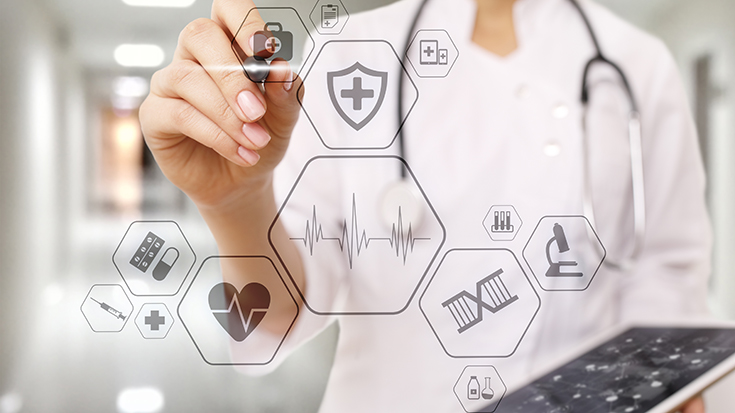
We use technology tools each day—for both personal and business purposes. These tools can improve efficiency, keep us connected and enhance collaboration, and even help in patient treatments. We asked AARC member Michael Hess, BS, RRT, RPFT, to share how he uses technology tools in his daily practice to help aid in the delivery of top quality patient care.
Improved Communication
“We have gone through a lot of transition with our tech over the past two years,” said Hess, who is the chronic lung disease coordinator for Western Michigan University. “Our most notable change was a switch in our EMR, which has more closely aligned us with one of our clinical partner organizations.”
Hess explained that this change has dramatically improved communication between providers and allowed for more timely referrals and follow-ups—particularly with pulmonary rehabilitation.
“I think it goes without saying that the faster we can get people connected with the services they need, the better off they are, but I’m going to say it anyway!” Hess said.
Flexibility
Hess and his team also use an inspiratory flow meter at every encounter. Their device is adjustable to simulate the resistance of every dry powder inhaler on the market, or to simulate no resistance so they can check MDI technique.
“This has been invaluable for both teaching people how to use their inhaler device as well as to ensure we have prescribed the right device for each person,” Hess said. “We have also used this information to get formulary exceptions for patients in situations where the appropriate med is not listed. Unfortunately, payers still don’t quite understand that using an inhaler is a little different than swallowing a pill. We are looking to enhance our capabilities here by acquiring an electronic version of this device that provides even more feedback on inhaler technique.”
Always on the lookout
According to Hess, he and his team have not yet found a tech tool that they didn’t like.
“Unless you count our old EMR,” Hess said. “We’re always on the lookout for new technology to try!”
Hess recommends RTs look for tools that give actual insight into a patients’ disease state.
“While tech will never replace human judgement and experience, the more data you have, the better your clinical insight will be,” Hess said. “For example, we assume people understand how to use their inhalers, but our devices actually tell us how much they really understand, and allow us to make higher-quality clinical decisions.”
Patients first
“Be mindful of continuing to treat the patient and not the numbers,” Hess said. “But don’t hesitate to use the numbers to improve the treatment of the patient!”
Keep the conversation going
What kind of Tech Tools are you using? Start a discussion at AARConnect.